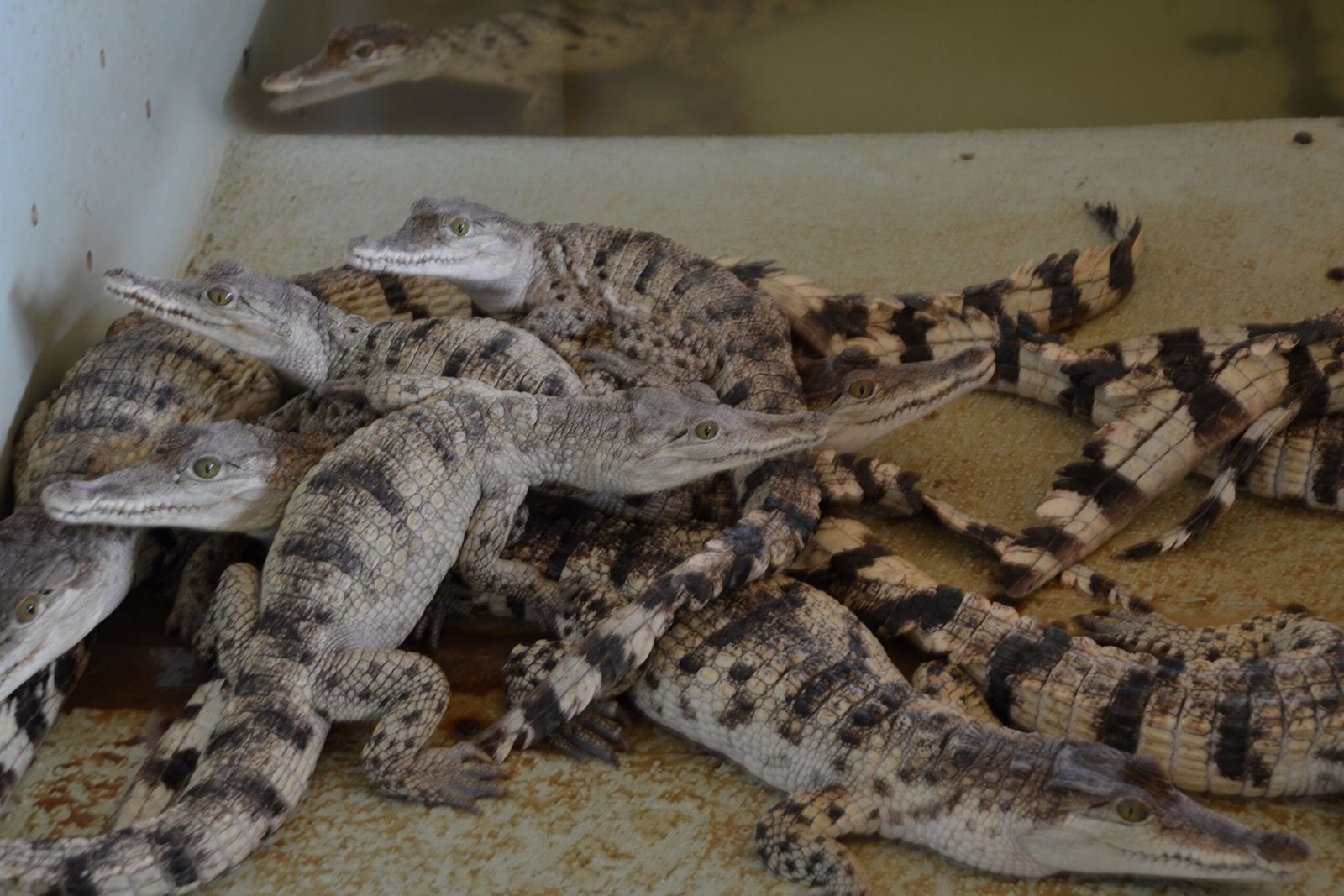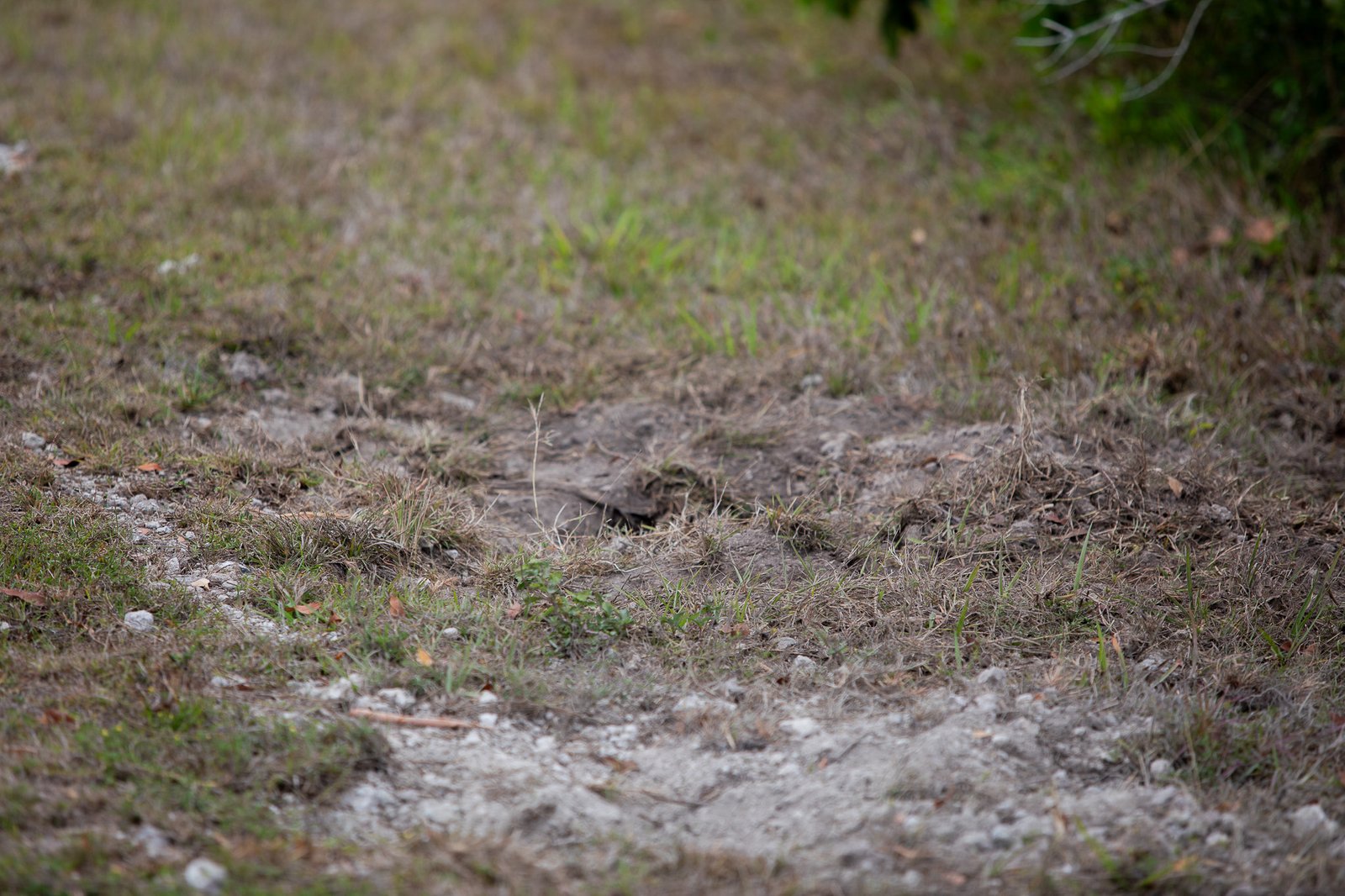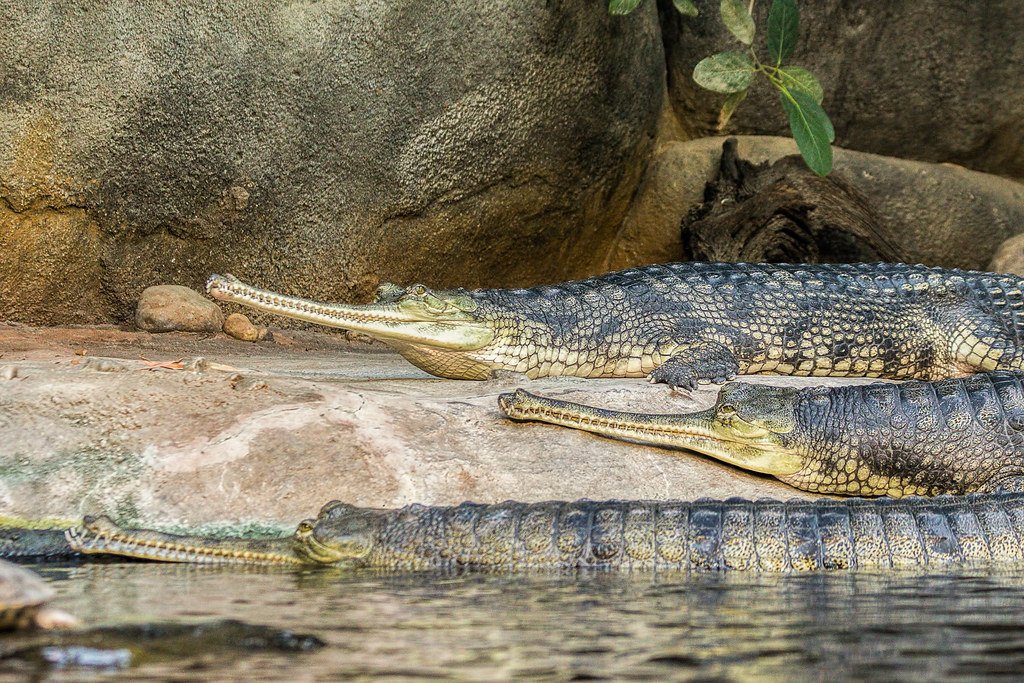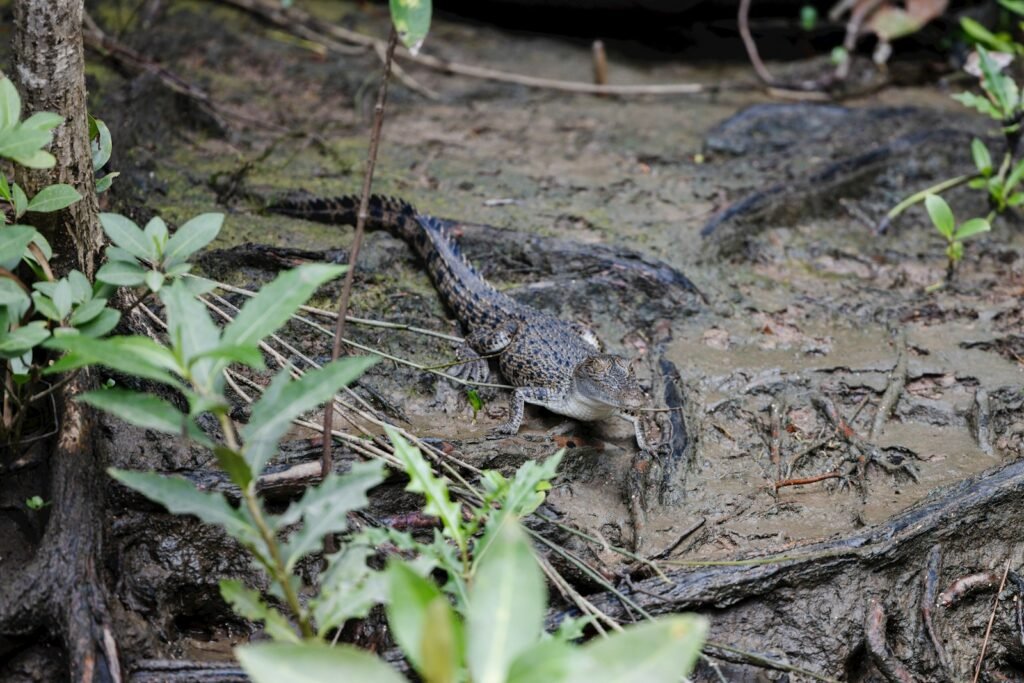Imagine a creature often cast as the monster of rivers and swamps—powerful jaws, cold eyes, a prehistoric reputation. Now, picture that same creature delicately cradling its babies in its mouth, whisking them to safety, and standing guard like a loving sentinel. It almost sounds like a fairy tale, but it’s the reality of crocodile parenting. The truth is, under those armored scales beats the heart of one of nature’s most attentive and gentle parents. Get ready to rethink everything you thought you knew about these ancient reptiles and discover the tender side of the crocodile.
The Start of a Crocodile Family: Laying the Eggs

The journey of crocodile parenting begins long before the hatchlings ever see the light of day. Female crocodiles search for just the right spot to lay their eggs, often near water but high enough to avoid flooding. They meticulously dig a nest, sometimes spending hours crafting the perfect hole or mound from mud, sand, and plant debris. With surprising care, they lay up to 60 eggs, covering them gently to protect against predators and temperature extremes. This is no hit-and-run approach—crocodile mothers are invested from day one. The effort put into nest-building is the first sign of the surprising gentleness that characterizes crocodile parenting.
A Waiting Game: Mothers Guarding the Nest

For months, the mother stays close to the nest, rarely straying far from her precious clutch. She’s not just warding off curious raccoons or hungry monitor lizards; she’s a vigilant bodyguard against anything that threatens her eggs. The patience required is enormous, especially in the heat and humidity of a crocodile’s habitat. She will even deter other crocodiles from coming too close, risking her own safety. This steadfast watchfulness is a testament to the bond forming before the babies even hatch. A crocodile’s fearsome reputation doesn’t extend to her own offspring—instead, it’s her maternal instinct on full display.
Listening for Life: The Call from the Eggs

As hatching time approaches, something magical happens. Crocodile babies begin to make faint chirping sounds from inside their eggs—a chorus of life ready to emerge. The mother listens intently for these calls, responding to the tiny voices with a sensitivity most would never expect from such a formidable animal. This communication, subtle but profound, triggers her to begin uncovering the nest with her snout and claws. The anticipation and response to her young’s needs reveal a level of parental awareness that’s rare in the reptile world.
The Gentle Giant: Helping Hatchlings Break Free

Cracking through a tough eggshell isn’t easy, even for a future crocodile. Sometimes the hatchlings need a little help, and this is where the mother’s gentle side truly shines. With incredible precision, she may roll the eggs in her mouth or nudge them softly with her snout, assisting the babies to break out without harming them. Imagine a creature with one of the most powerful bites on Earth using that jaw with the delicacy of a jeweler’s hand—this is the kind of surprising care that makes crocodile parenting so remarkable.
First Ride: Carrying Hatchlings to Water

Once the hatchlings are free, the mother doesn’t simply leave them to fend for themselves. In a scene that feels almost too tender to believe, she gathers her babies in her mouth and carefully transports them to the water’s edge. Packed gently between her teeth, the tiny crocodiles are protected from danger on their very first journey. This mouthful of babies is an iconic image of crocodile parenting, turning the creature’s fearsome jaws into a safe haven rather than a threat. The trust between mother and young in these moments is nothing short of extraordinary.
Staying Close: Early Days in the Nursery Pool

After the babies reach the water, the mother’s involvement doesn’t end. She remains nearby, keeping a watchful eye as her offspring explore the shallow nursery pool. These pools are often teeming with siblings and sometimes even the young of other crocodile mothers, creating a noisy, bustling community. The mother’s presence is a constant source of comfort and protection, deterring predators like birds, fish, or even larger crocodiles. In these early days, the babies depend on their mother’s vigilance for survival, and she delivers with unwavering devotion.
Communicating with Chirps and Growls

Crocodile families talk—a fact that surprises many. Hatchlings produce a variety of chirps, grunts, and squeaks to signal distress, hunger, or simply to get attention. The mother responds with low growls or grumbles, guiding her young away from danger or calling them closer. This ongoing communication is essential for survival, helping the mother keep track of her brood in the wild chaos of the swamp. These vocal exchanges are not just functional; they are the building blocks of a strong family bond in a world full of threats.
Protecting the Vulnerable: Fending Off Predators

Life in the wild is perilous for young crocodiles. Snakes, birds of prey, fish, and even other crocodiles see hatchlings as easy meals. The mother’s fierce defense is crucial—she will charge, snap, and even fight off intruders with astonishing bravery. This defensive behavior isn’t just about aggression; it’s about a deep commitment to her young. Watching a crocodile mother square off against would-be predators is an awe-inspiring demonstration of maternal courage and strength.
Sibling Support: Crocodile Crèches

In some crocodile species, multiple mothers will pool their babies in a communal “crèche.” This shared nursery brings together dozens or even hundreds of hatchlings, watched over by several adults who take turns protecting and guiding the group. It’s a remarkable example of cooperation in the reptile world, where survival odds are improved by numbers and shared vigilance. These crocodile crèches are bustling, noisy, and full of drama—tiny crocodiles jostling for space, adults patrolling the edges, and everyone constantly alert.
The Importance of Temperature: Gender and Survival

Crocodile parenting begins with more than just care; it’s shaped by science. The temperature at which eggs are incubated determines the sex of the babies—slightly warmer or cooler, and you may end up with all males or all females. Mothers instinctively choose nesting sites and materials to optimize temperature, balancing sun, shade, and insulation. This fascinating adaptation ensures the survival of the species by maintaining a healthy gender ratio. It’s a silent, scientific act of parenting that begins long before the first hatchling appears.
Learning to Hunt: Instinct and Observation

While instinct guides much of a young crocodile’s behavior, the presence of the mother accelerates learning. She doesn’t spoon-feed her babies, but her example teaches them how to sense danger, avoid predators, and hunt small prey. By watching their mother stalk and ambush, the hatchlings absorb vital lessons about survival. The blend of hardwired instinct and active observation is what sets crocodile parenting apart from more hands-off reptile species.
Why Mother Crocodiles Don’t Eat Their Young

One of the most astonishing features of crocodile parenting is restraint. These are animals that will eat almost anything that moves, yet mother crocodiles are programmed not to see their own hatchlings as food. Scientists believe this is due to a mix of hormonal changes and learned behavior triggered by the sounds and scents of their young. This self-control is extraordinary in the animal kingdom, where cannibalism is often a risk for vulnerable offspring.
Fathers in the Shadows: The Rare Role of Male Crocodiles

While mother crocodiles are the stars of the parenting show, there are rare cases where males play a supporting role. In a few crocodile species, males have been observed guarding nests or even helping to protect hatchlings. This behavior is far from universal, but when it happens, it adds another layer of intrigue to crocodile family life. The presence of fathers is usually brief, but their involvement can make a significant difference in the survival rates of the young.
Survival Against the Odds: Growing Up Crocodile

Despite all the care, most hatchlings never make it to adulthood. The natural world is unforgiving, and survival rates are low—sometimes less than one in a hundred. Still, the mother’s efforts give her babies the best possible start, tipping the balance in favor of survival. Those that do survive owe everything to the fierce protection and gentle care of their first months. Every adult crocodile is a survivor of this brutal lottery, a living testament to the power of parental investment.
Lessons from Ancient Parents: Evolution’s Gentle Touch

Crocodiles have been around for over 200 million years, outlasting dinosaurs and adapting to countless changes. Their approach to parenting is a key part of that success. By nurturing their young with such care, crocodiles demonstrate that gentleness and ferocity are not opposites—they can exist side by side. This blend of traits has helped crocodiles thrive in some of the world’s most challenging environments, from African rivers to Australian wetlands.
Changing Perspectives: The Human-Crocodile Connection

For centuries, humans have feared and misunderstood crocodiles, seeing them as little more than dangerous predators. But learning about their gentle approach to parenting can shift our perspective. It’s hard not to feel a sense of kinship when you witness a mother crocodile risking everything for her babies. This knowledge invites us to look deeper, to appreciate the complexity and emotional richness of creatures we once dismissed as cold-blooded monsters.
A Testament to Nature’s Surprises

Crocodile parenting is a surprising reminder that nature is full of contradictions and marvels. The same reptile that inspires terror can also inspire awe for its tender devotion. Every year, in hidden nests and muddy riverbanks, crocodile mothers quietly rewrite the story of what it means to care. Their gentle strength challenges our assumptions and invites us to see the wild in a new, more compassionate light.


